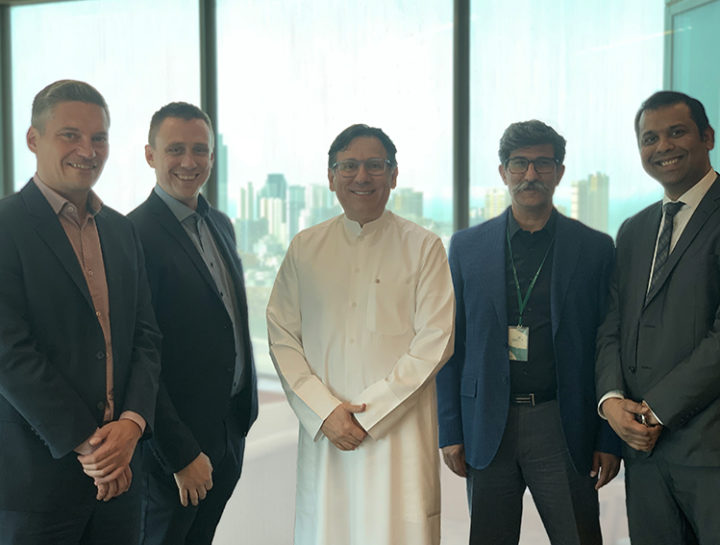Granlund and Al Safat General Trading began the 17-floor pilot project in the Dar Al Safat’s Kuwait headquarters in September 2019 to digitalise facilities management, following an extensive review of current maintenance processes and systems.
Kuwait has a progressive approach to digitalisation, embracing solutions such as innovative cloud-based systems as part of the New Kuwait 2035 strategic plan to transform the city into a hub for trade, finance and tourism.
Projects such as the US$4 billion South Saad Al Abdullah smart city are turning the government plan into a reality, with this particular project tipped to be the Middle East’s first development that will be both green and smart.
With this in mind, managerial and operational teams at Al Safat identified that, in order to improve energy efficiencies, reduce costs and improve the end-user experience, changes needed to be made to improve maintenance efficiencies.
Digitalising the process
Before the implementation of Granlund Manager, all information was stored on paper and excel sheets. Although paper-based information storage was widely utilised and understood by legacy team members, traditional analogue systems inevitably lead to human errors, are harder to scale and increase the time spent on jobs.
Prior to the implementation of Granlund Manager, a preliminary site survey was conducted by the Granlund team to scope the project and identify bespoke targets and KPIs.
This in-depth phase of the project made it possible, using Building Information Modelling (BIM) methodology, to digitalise all existing information within three weeks and the full adoption of Granlund Manager was completed within three months.
Smooth transition
Once Granlund Manager was up and running, engineer lead training was provided across all teams and management levels to ensure Granlund Manager was fully optimised and running at full capacity from the outset.
In addition to hands-on technical training to navigate the features on the smart mobile app, facilities management teams were coached through mandatory international best practice maintenance guidelines.
Management teams also have access to features, allowing them to monitor and track the system in real-time. Ongoing training and monitoring will be undertaken on a weekly basis by the Granlund team for the first three months following the introduction of Granlund Manager to guarantee a smooth transition.
Up next: energy optimisation
With phase one well underway, work has already commenced on phase two, which focuses on energy optimisation. Granlund Manager has now gathered sufficient data to start tracking the building’s water and electricity consumption.
With these analytics, the system will identify when and where energy can be saved and used more efficiently. This will reduce the energy bill by approximately 20–30 per cent and ultimately increase the building’s ROI.

